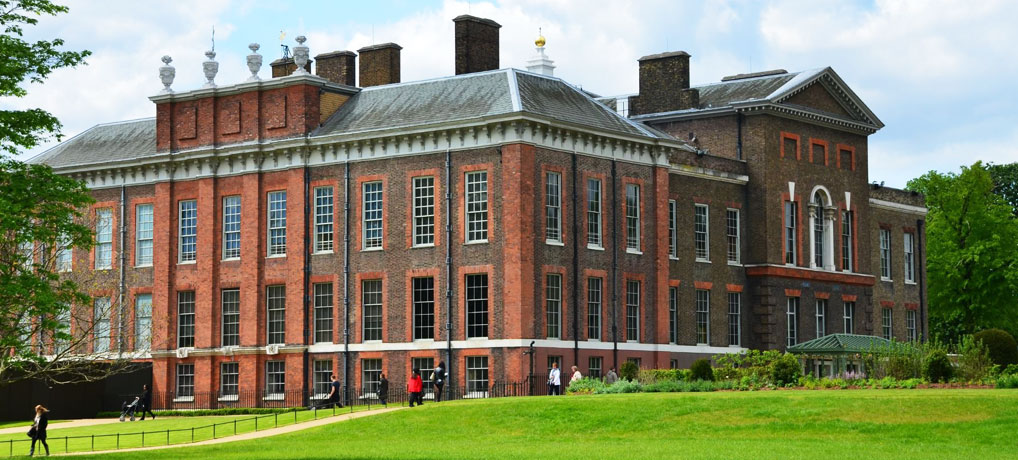
The Palace is now in the hands of a non-government organisation Historic Royal Palaces, it has been closed during renovations, their proposed purpose is described:
”We felt not enough people were aware you could get into Kensington Palace’s state apartments, one of London’s best kept secrets. To the crowds enjoying themselves in Kensington Gardens, the security cameras, privacy planting and lack of an obvious way into the building gave the message “keep out!”. Even those hardy visitors who made it inside had to trek through about 30 rooms in no apparent order. One key room in the palace is the saloon where the 18-year-old Queen Victoria made her very first appearance at her Privy Council on the morning of her accession. When its double doors flew open on June 20 1837, a virginal, vulnerable figure was revealed to 100 assembled Privy Councillors. She was visibly nervous, but instantly won them over with her youthful dignity. However, the room was in use as our ticket office. It was full of umbrella stands and people asking you to turn off your mobile phone. The whole route had to change. During the months that followed, we decided to offer a choice of four self-contained routes or stories. Each would reveal members of the Royal family to be real human beings, with strengths and vulnerabilities. But the four routes would also illuminate four centuries of constitutional monarchy. After its heyday under George I and II, when it was the summer social centre of London, the palace became neglected. George III and his successors based the court at Buckingham Palace and Windsor Castle, so Kensington gradually became a run-down retirement home for minor members of the Royal family. That’s why the impoverished Duke of Kent, father of the future Queen Victoria, ended up living here. Yet on her accession, Victoria made a beeline for Buckingham Palace; only in the 20th century did Princesses Margaret and Diana bring the glamour back to Kensington.
We had to test our ideas on real people: we’re aiming for 100,000 new visitors annually. It was a revelatory process. As I sat behind the glass panel, the liberal in me was surprised to discover that people visiting a palace wanted only to think pleasant, sunny thoughts: they didn’t want to know how many seamstresses had lost their eyesight embroidering our magnificent court dresses. “You’re not a museum,” people told us. “A historic house should entertain.” What they wanted was a range of odd and quirky characters, with love and tears mixed in. We could oblige.
Victoria’s simple white wedding dress will be included in the new displays, along with her celebrated “sexy” portrait by Franz Xaver Winterhalter. Commissioned by Victoria herself for Albert’s private viewing, it depicts her with her hair down and winding round her bare shoulders. The 20th century, completing the chronological journey, will be represented with dresses of Diana, Princess of Wales, including the taffeta gown in which she made her public appearance as Official Royal Girlfriend.
A magnificent new garden to the east will draw visitors into what used to be the old curatorial office, now a welcome area, where the menu of four routes will be laid out. The “White Court” has been roofed to create circulation space, and the magnificent Clore Education Centre to its south comprises £1 million worth of new classrooms.”
